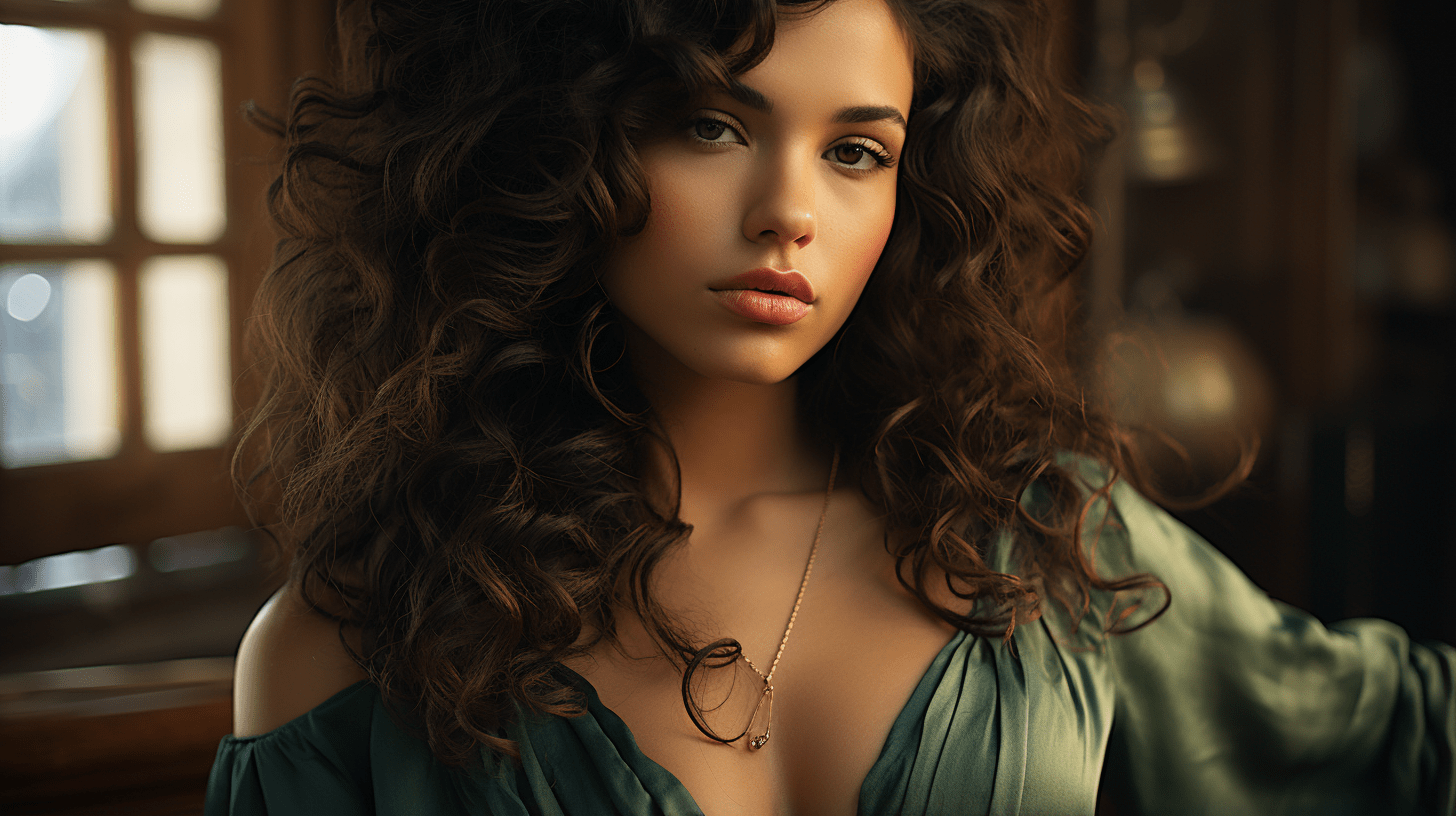Experience the thrill of watching your imagination come to life. With AI art generators like Midjourney, you can manifest realistic photographic scenes directly from your mind’s eye. Embark on a creative journey as we explore expert tips for crafting images worthy of a professional exhibit.
From candid portraits to cinematic landscapes, AI makes your wildest artistic visions possible. But how do you tap into this revolutionary technology? It all starts with the right prompts – your textual paintbrush strokes that begin each masterpiece.
Speak the Language of Light
Photographers obsess over lighting to evoke mood and dimension. Master terms like:
- Rembrandt lighting – Dramatic illumination accentuating facial features
- Golden hour – Warm hues from sunrise/sunset light
- Spotlights – Concentrated beams for concerts/events
- Soft sunlight – Diffused lighting for a peaceful atmosphere
Direct Your Depth of Field
The depth of field determines areas of focus. Useful prompts include:
- Shallow depth of field – Blurred backgrounds isolate subjects
- Pin sharp focus – Crisp emphasis on key details
- Soft focus – Dreamy, romantic aesthetic
Find Your Perfect Angle
Vantage point shapes perspective. Consider:
- Bird’s eye view – Sweeping high-angle landscape panoramas
- Worm’s eye view – Exaggerated low-angle shots
- Over-the-shoulder – Intimate side-angle portraits
Set a Vivid Scene
The backdrop makes the image. Describe:
- Locations like abandoned churches or empty roads
- Weather such as fog rolling over hills
- Props that set the mood like crackling fireplaces
Speaking Midjourney’s Language
Now that you understand photographic fundamentals, it’s time to speak Midjourney’s language. Keep these tips in mind:
- Use specific camera models – Nikon D850, Hasselblad H6D-50c
- Mention lenses – Nikkor 85mm f/1.4, Fujinon XF 56mm f/1.2
- Note resolution – 16K, 8K, high resolution
- Request realism – hyperrealism, photorealism
- Set aspect ratio – 16:9, 4:3

With the right prompts, your imagination manifests in crisp detail and cinematic flair. Let’s look at some examples:
Dreamy Portrait
Full body shot of an ethereal girl with flowing golden locks, dressed in an elegant white gown, portrait photography, shot with a Nikon D850 and 85mm lens, f/1.4 aperture, hyperrealism, 16:9 aspect ratio.
Dramatic Landscape
Mountain ridges silhouetted against a purple sunrise, viewed from a winding path through an autumn forest, fog hanging over the valley, shot with a Hasselblad H6D-50c, hyperrealism, 4:3 aspect ratio.
Intimate Still Life
Close up of a crackling fireplace with stockings hanging at Christmas, shallow depth of field, shot with a Fujifilm X-T4 and 56mm lens, f/1.2 aperture, photorealism, 16:9 aspect ratio.
Let your imagination run wild! Adjust lighting, angles, focus and more to produce photographic art. Now, let’s answer some common questions:
FAQ
What resolution should I request?
Aim for 16K or 8K for crisp detail. Avoid going below 4K.
How much detail should I include in prompts?
Be specific but concise. Focus on key camera settings, lighting, and scene details.
What makes prompts photorealistic?
Use terms like “photorealism”, “hyperrealism”, and reference high-end camera models.
How do I evoke different moods?
Describe lighting, weather, colors and props to match the desired tone.
What makes a strong title?
Summarize the scene and emotion. Catch the viewer’s interest.
Share Your Inner Vision
Unleash your creativity with AI art generation. Adjust prompts like camera settings until your imagination develops with cinematic flair. For more inspiration, visit our AI Prompt Generator which provides tailored illustration ideas for Midjourney. Let AI be your artist-in-residence, manifesting the photo-realistic scenes you envision. The possibilities are truly endless – now make them a reality.
